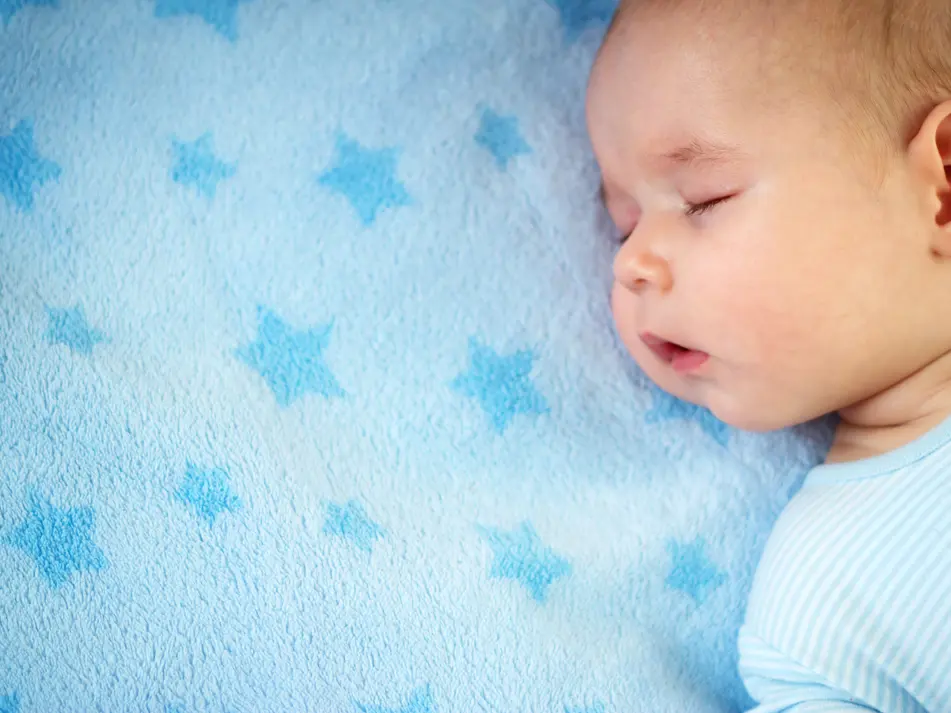How much sleep does my 3 to 6 month old baby need?
Babies sleep patterns vary however most babies at this age sleep 14 or 15 hours spread across both day and night. As your baby grows, they will sleep for longer periods throughout the night with 2-3 shorter sleeps during the day. If your baby is happy during wake periods during the day, they have had enough sleep.
What are my baby's tired signs
Babies show ‘tired signs’ when they are getting tired and need sleep. These signs include grimacing, yawning, grizzling, frowning, sucking, staring, snuggling in, jerky movements, becoming over active, clenching fists, rubbing eyes, fussiness or crying.
Responding early to these tired signs prevents your baby becoming distressed and makes it easier to them to sleep.
An example of a 3 to 4 month old sleep routine
Night time sleep: By 3 months, the period of sustained night time sleep will have lengthened up to 5 - 6 hours a night, twice a night. They will still wake briefly 1 - 3 times during these longer stretches and some babies may be able to self-settle back to sleep.
Daytime naps: 3 daytime naps (3 - 4 hours in total)
3 - 4 month old wake window: 2 hours or so.
Feeding: Every 3 - 4 hours.
An example of a 5 to 6 month old sleep routine
Night time sleep: By around 6 months, the period of sustained night time sleep has lengthened to 6 hours a night, twice a night. They will still wake briefly 1 - 3 times during these longer stretches and some babies may be able to self-settle back to sleep.
Daytime naps: 2 to 3 daytime naps (3 - 4 hours in total)
5 - 6 month old wake window: 2 - 3 hours.
Feeding: Every 3 - 4 hours.










































